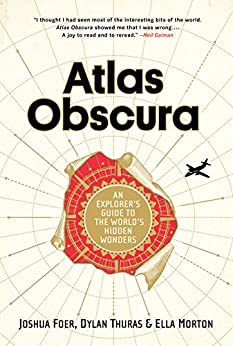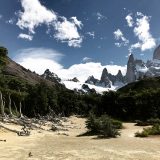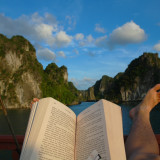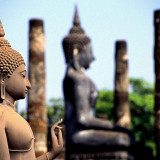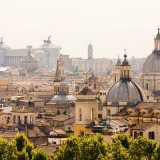Why the Cayman Islands Might Be the Best Post-Pandemic Getaway
Many people don’t know much about the Cayman Islands beyond their notorious reputation as a tax haven. But there’s much more to this three-island archipelago than meets the mainstream media’s eye.
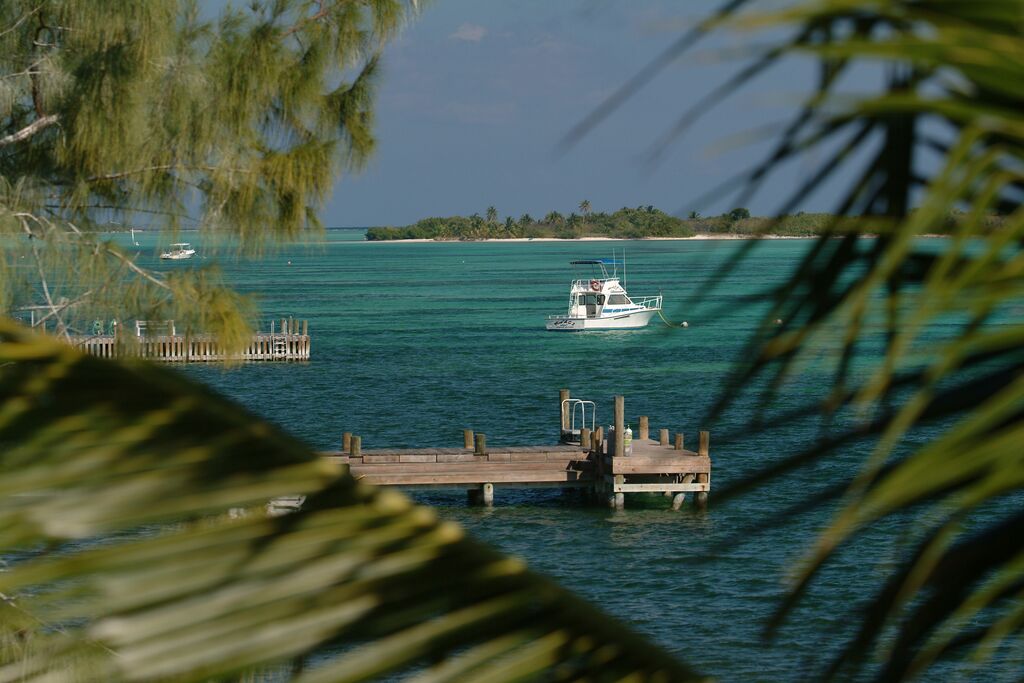
Sure, there’s plenty of silky sand and emerald-blue water to be had here, this is the Caribbean after all. But get off the beaten path of ghost companies and luxury living and you’ll find friendly locals with fascinating stories, a thriving arts and culture scene, and more eco-adventures than you’ll have time for on your trip.
The history of The Cayman Islands stretches as far back as 1503
Christopher Columbus first sighted the Cayman Islands in 1503, naming them Las Tortugas for the teeming sea turtles he spotted around the islands.
In 1523, the name changed to Los Lagartos meaning alligators/lizards, and in 1526 became Caymanas meaning marine saltwater crocodile in Carib Indian.
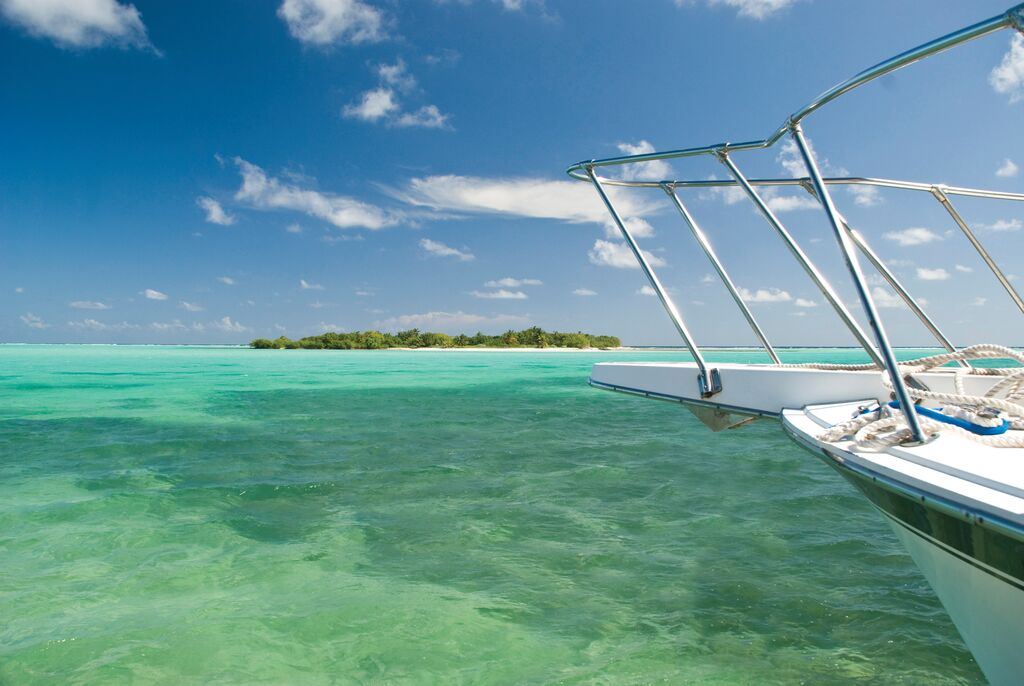
The first settlers arrived in the 1700s setting up residence in Grand Cayman. In 1773 the island was home to around 400 individuals, half of whom were slaves. By 1835 when the population reached over 2000, slavery had been abolished. From 1920 to 1960 schools, airfields and constitutions were created, and by 1989 the population was over 25,000.
Today, 65,000 people from European and African descent as well as expats from all around the world call The Cayman Islands home. Like many countries in the Caribbean, the Caymans are a hybrid culture that mixes British colonial and African heritage with a rapidly growing tourism sector.
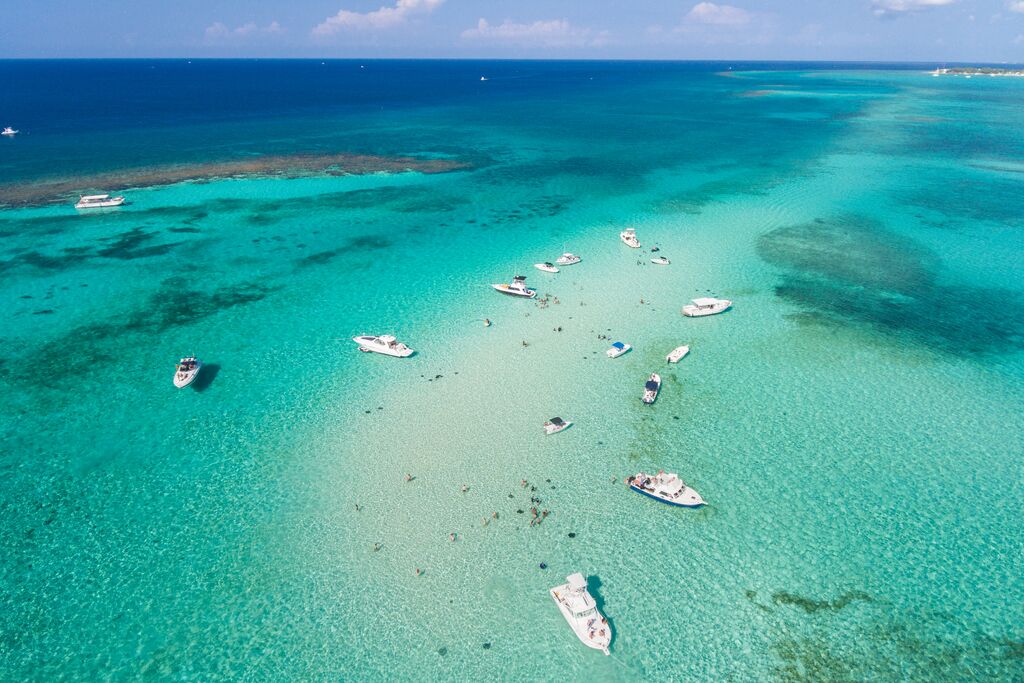
Discover local art, culture, food and events
The National Gallery of the Cayman Islands is the best place to start discovering local art and culture. The gallery seeks to “promote the appreciation and practice of the visual arts of and in the Cayman Islands.” It offers exhibitions, artists’ residencies, research projects, educational and outreach programs and more. The gallery also sends Caymanian art overseas to broaden appreciation for its culture throughout the world.
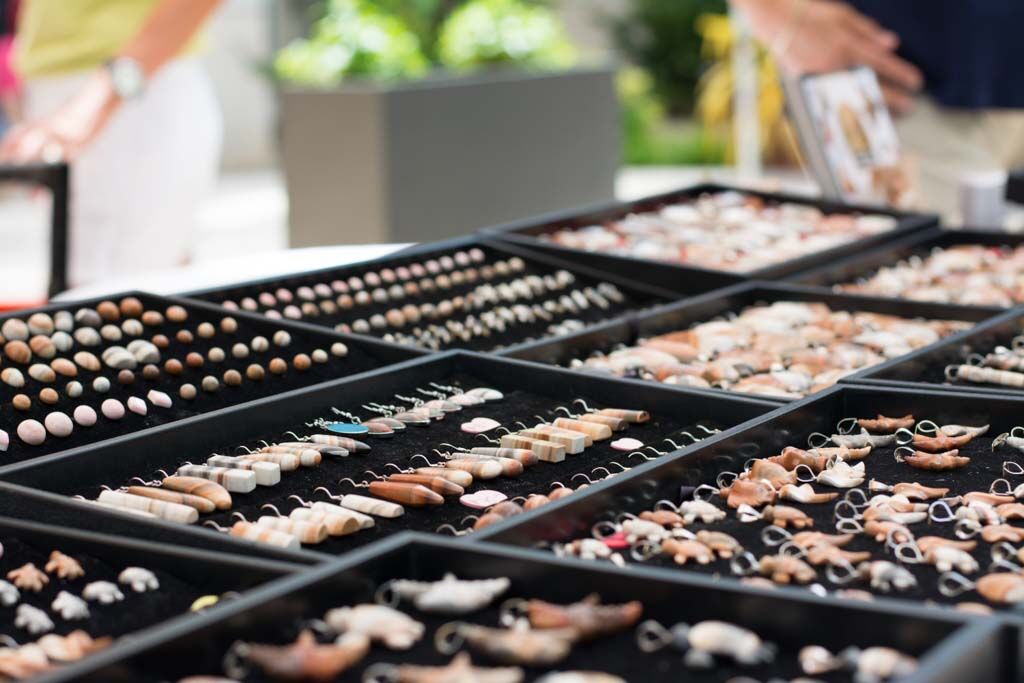
For an even more authentic experience, head down to the Cayman Craft Market in George Town where you can see the wares of the local artisans and craftspeople, and buy some memorable souvenirs from your time in the Caymans. They also do hair braiding which is a fun way to fully immerse yourself in island culture. Caymanians are very friendly and polite, and you really get a feel for that at the market. Here you’ll find everything from jewellery to woodcarvings to works of art. Many of them feature local materials such as coral, caymanite, coconut and conch. Don’t miss a local artistic signature: striking jewellery made from black coral.
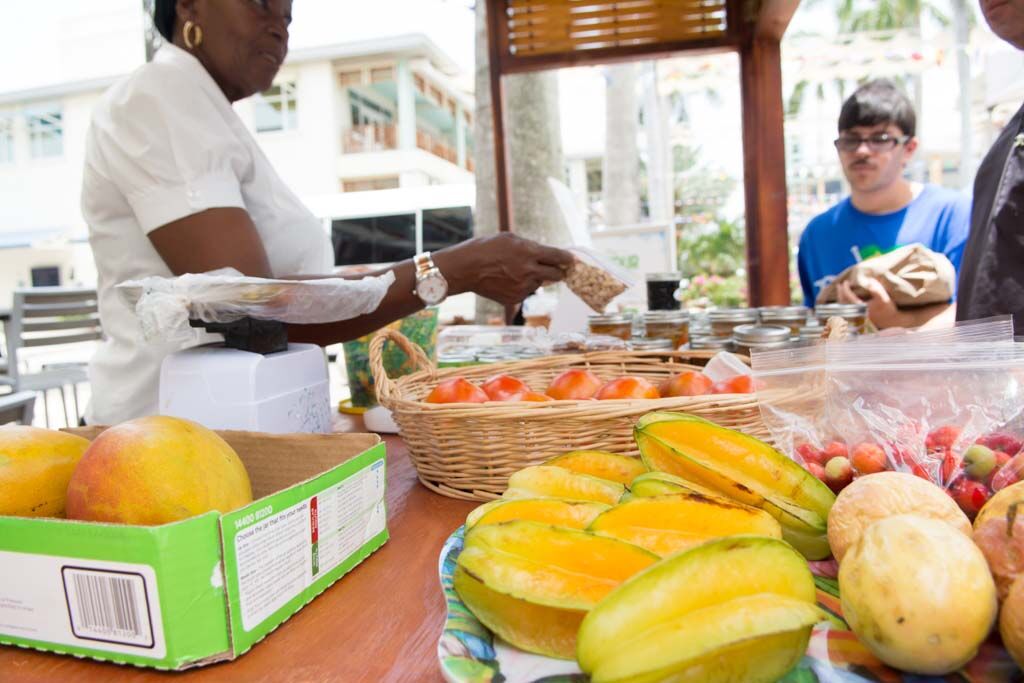
At the Farmer’s Market which is also in George Town you can experience some local food delicacies including the popular juices and smoothies, made with fresh local fruit like pineapples, lemons, limes, and mangoes.
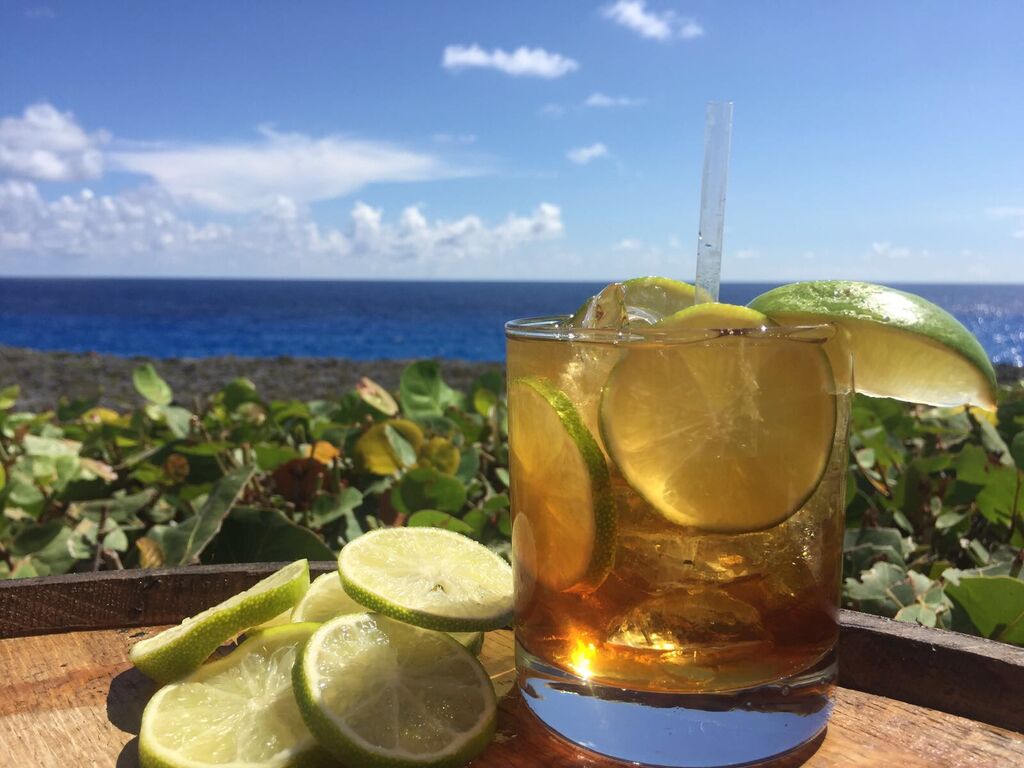
At the Cayman Spirits Co. Distillery you can take a tour to discover the magic of rum-making in the Caymans. Make reservations for the tour online. For those who don’t know much about the process of how rum is made it’s educational, but it’s so much more than that. You’ll learn about the significance of sugar, which is used to make rum, and in turn the role of rum in the local economy. Going back hundreds of years when pirates ruled the seas, rum was far more than just a drink.
Speaking of pirates, the Pirates Week Festival is the biggest annual event in the Caymans that’s great for families.
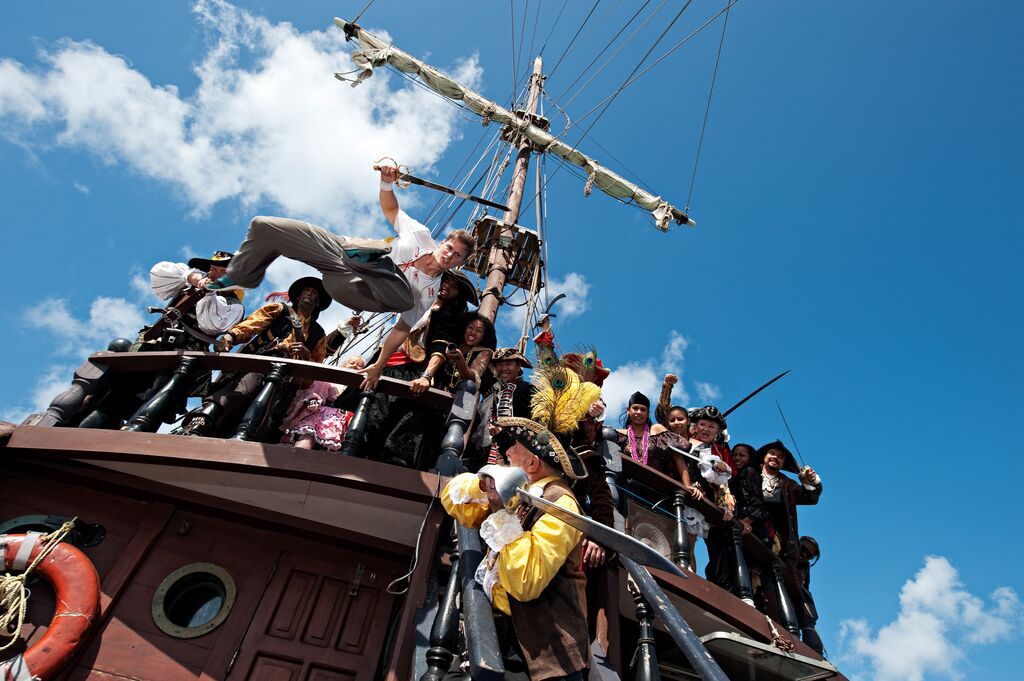
Festivities include the Landing Pageant and Float Parade in the centre of Grand Cayman where the island becomes overrun with landed fighting pirates followed by a glittering parade, street dances and fireworks. It’s a magical event designed to spark the imagination and celebrate the beloved fairy tales of island life.
Soak up the islands’ natural landscapes and wildlife with these eco-adventures
Eco-adventures on Grand Cayman
The islands’ beaches are well known for diving, water sports, swimming or just hanging out. Seven Mile Beach on Grand Cayman is known as one of the Caribbean’s best beaches.
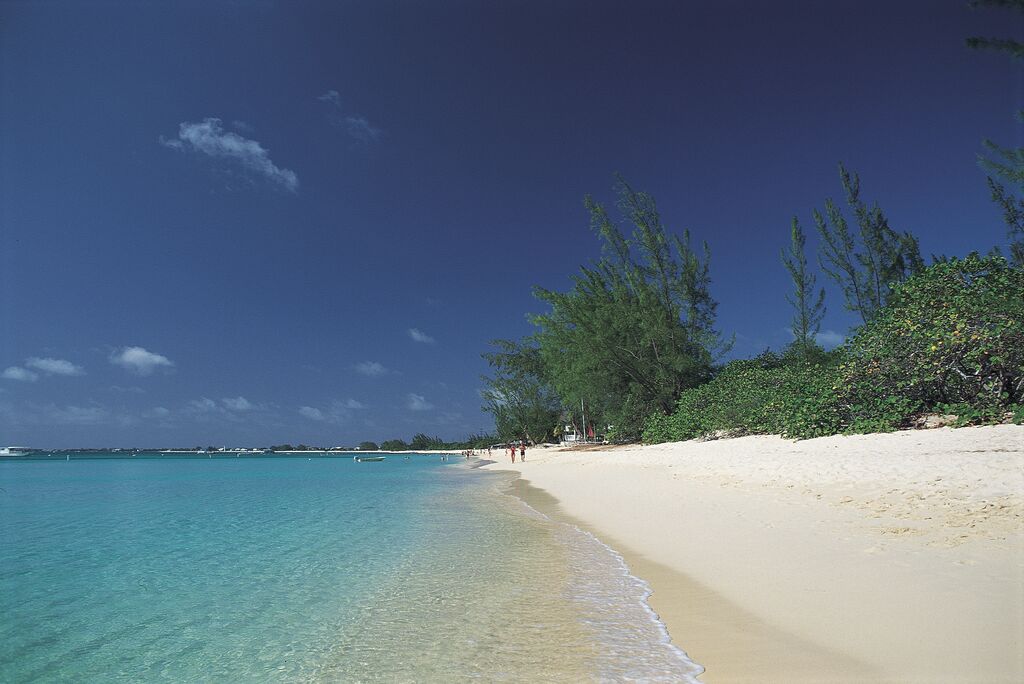
The powdery sand owes its silkiness to crushed corals and supposedly the poop of the parrotfish (which is a fish and not a bird/fish hybrid!). The sunsets have to be seen to be believed and every afternoon you can see many come out with a cocktail in hand to watch the glorious occasion. A favourite activity of many is to walk up and down the full length of it which is unfortunately now just six miles due to environmental erosion.
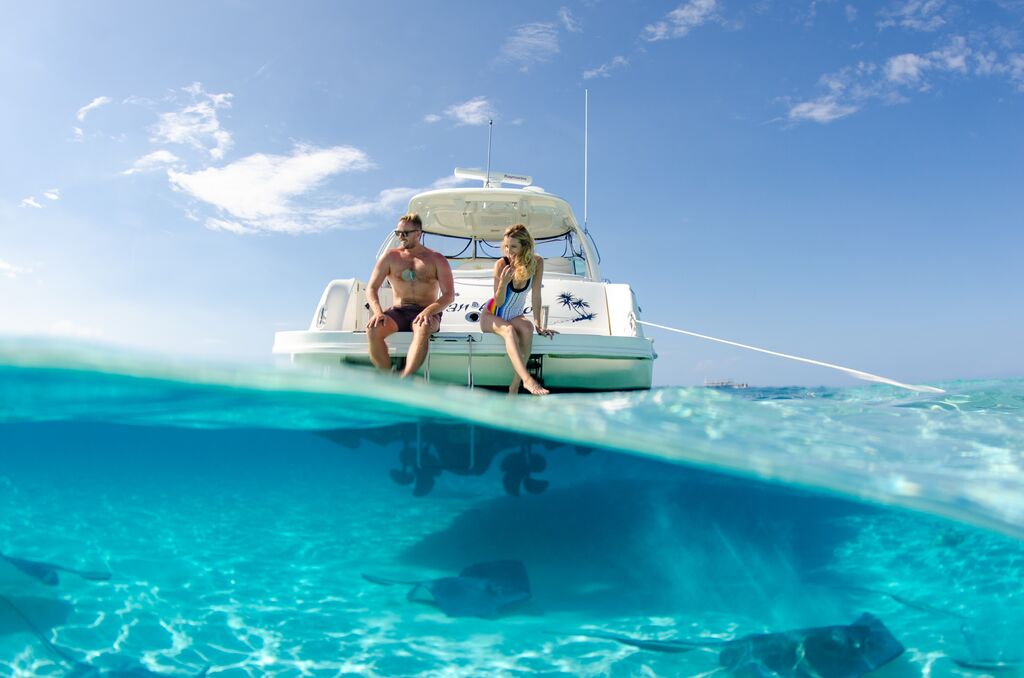
Hang out with and feed the stingrays in Stingray City or explore the Cayman Crystal Caves to see magnificent stalagmite and stalactite formations. Book tickets in advance to see the caves.
One of the islands’ greatest ecological projects is the Kittiwake Shipwreck & Artificial Reef. The USS Kittiwake is a retired U.S. Navy submarine known for recovering the black box from the space shuttle Challenger. In 2011, it was sunk off the coast of Seven Mile Beach in order to become an artificial reef. In addition to revitalizing ocean life, the spot has become a popular diving destination that’s equally interesting to history buffs and nature lovers.
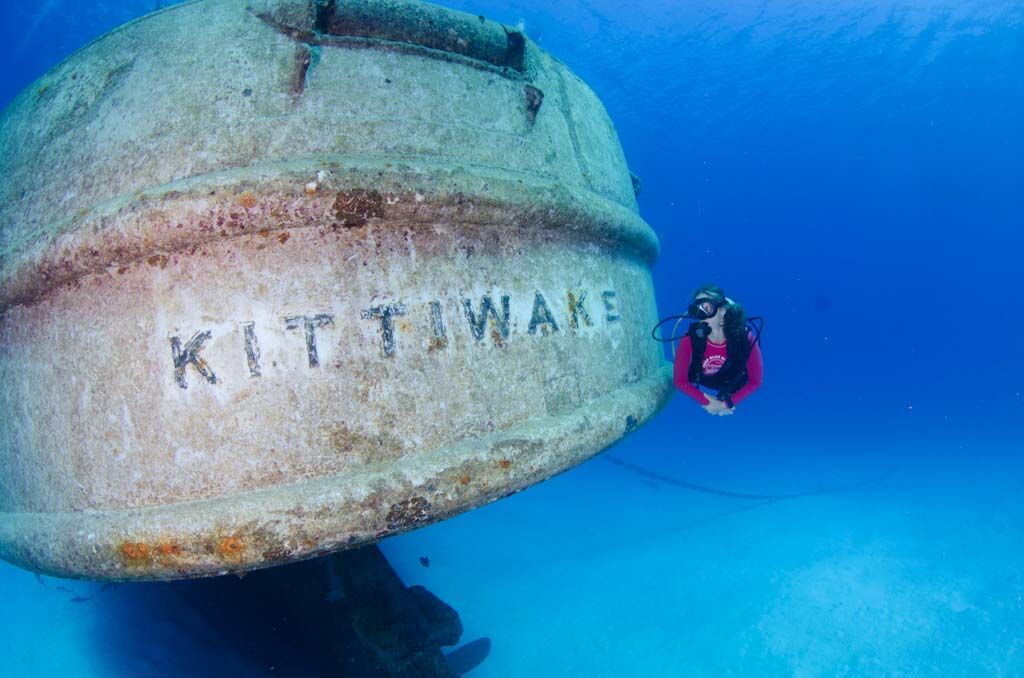
The Cayman Turtle Centre, Dolphin Discovery and Governors Beach are other great spots for marine life lovers.

If you’re looking for ways to avoid the crowds on Grand Cayman, check out Queen Elizabeth II Botanic Park or pay a visit to Pedro’s Castle, the oldest existing building in the Cayman Islands.
Eco-adventures on Cayman Brac and Little Cayman
On Cayman Brac, the easternmost of the three islands, are limestone caves, flora and fauna such as the rare and endangered blue iguana.
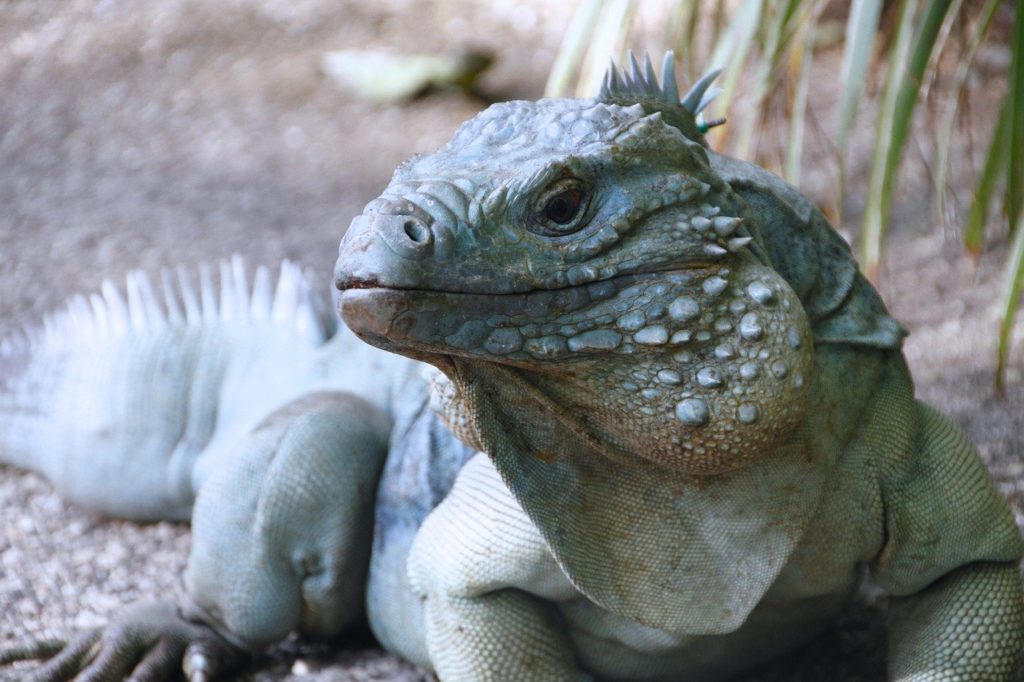
Other indigenous plants and wildlife include the wild banana orchid, the silver thatch palm, green turtles, tree frogs, brown boobies, the red-legged thrush, and the Cayman parrot which is the national bird.
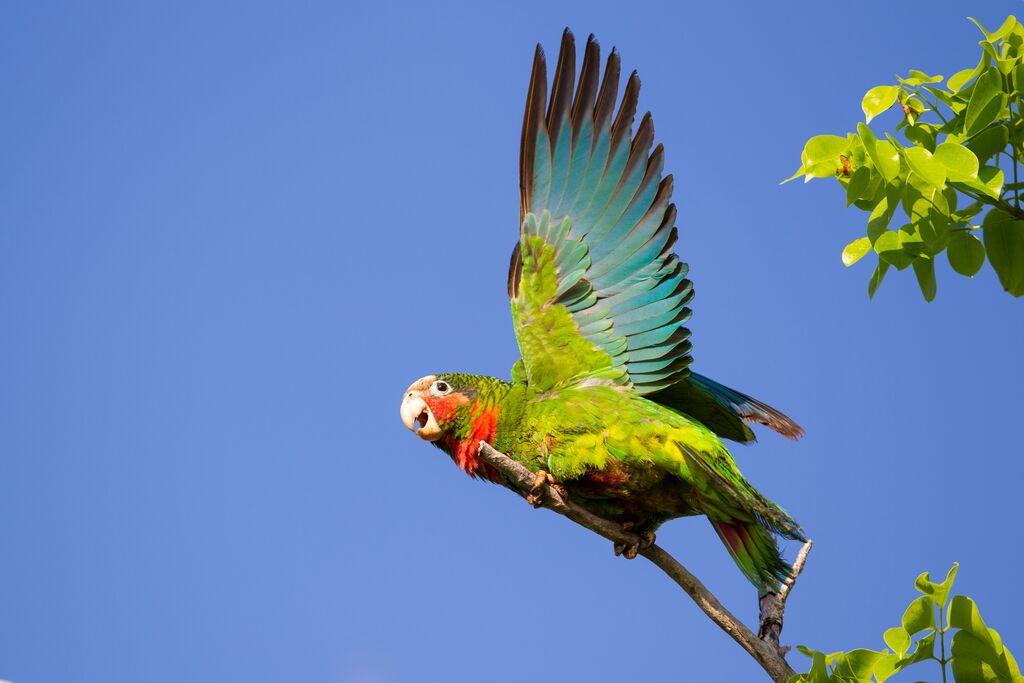
If you’re up for it there are plenty of daring diving opportunities along seawalls, another sunken ship for brave adventurers, and plentiful fishing. Literally taking it sea to table, the chef in the resort you are staying at will cook your catch for you just like the locals love it. It tastes even better when you catch it yourself, trust me on this.
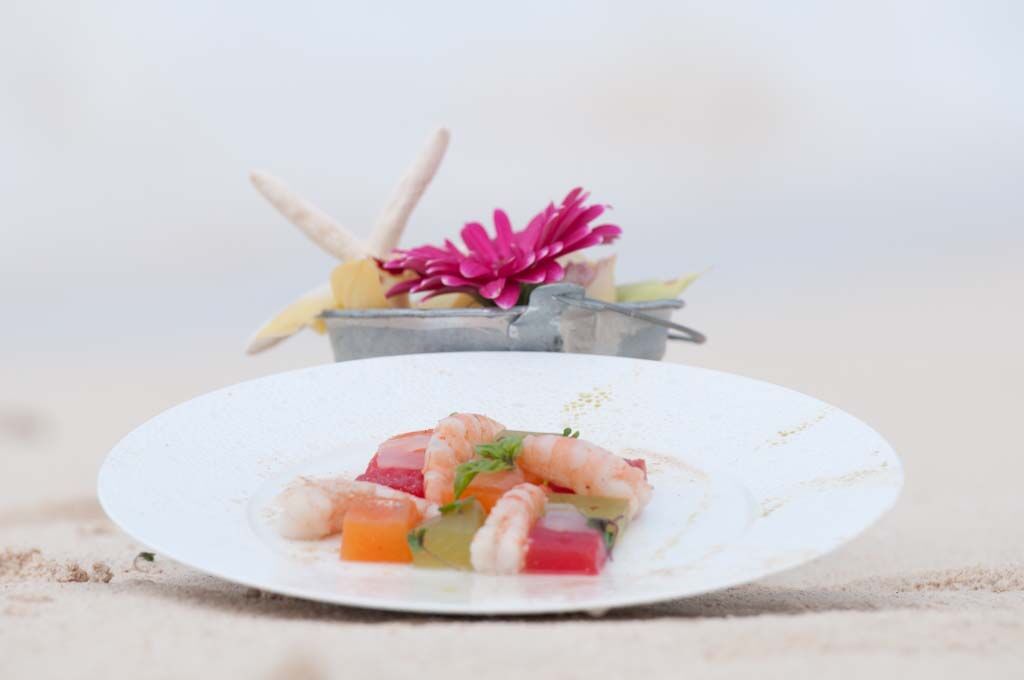
Little Cayman, the island in the middle of the three was highly regarded by Jacques Cousteau who had it in his top three diving spots in the world. Bloody Bay Wall Marine Park with its dramatic 5,000-foot drop is not for the faint of heart. Take in the views of the stingrays and turtles just 100 feet below the surface or watch the birds at the Booby Pond Nature Reserve.
Things to know before you go
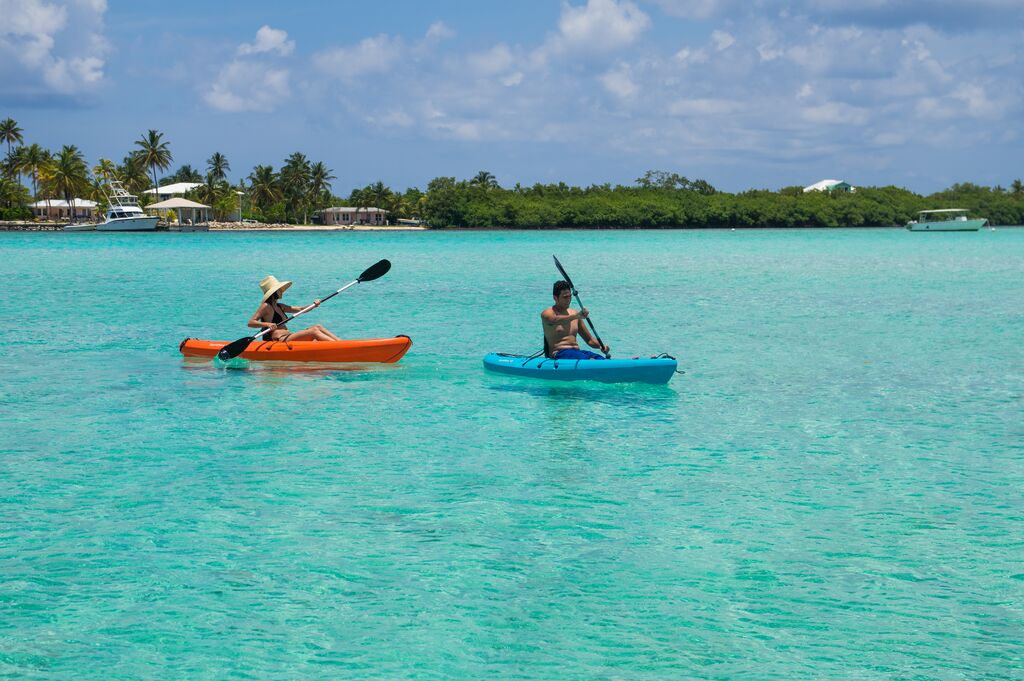
At just 700 kilometres south of Miami, the islands are easier to reach than some. The islands’ capital and the place you’ll first land is George Town, also known as the financial district, on Grand Cayman. The official language and the one you’ll hear most spoken is English, followed by Spanish.
At 22 miles long and an average of 4 miles wide, it takes about an hour and a half to drive around the entire island of Grand Cayman. Driving is a great way to structure a day trip, stopping at several spots along the way. Don’t forget to drive on the left hand side of the road!

Things don’t come cheaply in the Caymans. As a result of having no tax, the cost of living can be higher than what you might be used to at home. According to Numbeo, here’s what you can expect to pay as a traveller:
A meal at an inexpensive restaurant – USD$18.03
A beer – USD$6.01
A coffee – USD$5.23
A 3-course meal for 2 people at a mid-range restaurant – USD$102.17
If you’re looking for a great place to get away and refresh your batteries when we’re able to travel again, the Cayman Islands could be the place.
Need more post-pandemic travel inspiration to help plan your next trip? We’ve got it:
- Coffee, culture, and coasts: Why Colombia should make your shortlist
- Why the Cayman Islands Might Be the Best Post-Pandemic Getaway
- A Beginner’s Guide to Sailing the World (It’s Easier Than You Think)
- 5 Free Iceland Hot Springs + How to Travel to Iceland Safely During COVID-19
- 10 of the Best Hiking Trails in South America
Latest posts by Dayton Kingery (see all)
- Coffee, culture, and coasts: Why Colombia should make your shortlist - December 23, 2021
- Why the Cayman Islands Might Be the Best Post-Pandemic Getaway - February 11, 2021


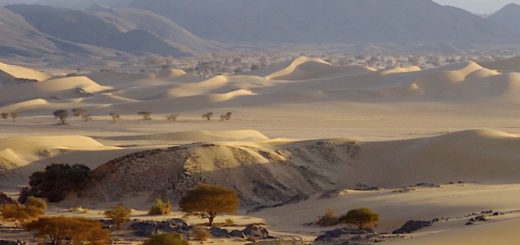


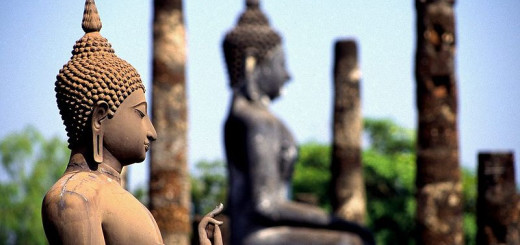

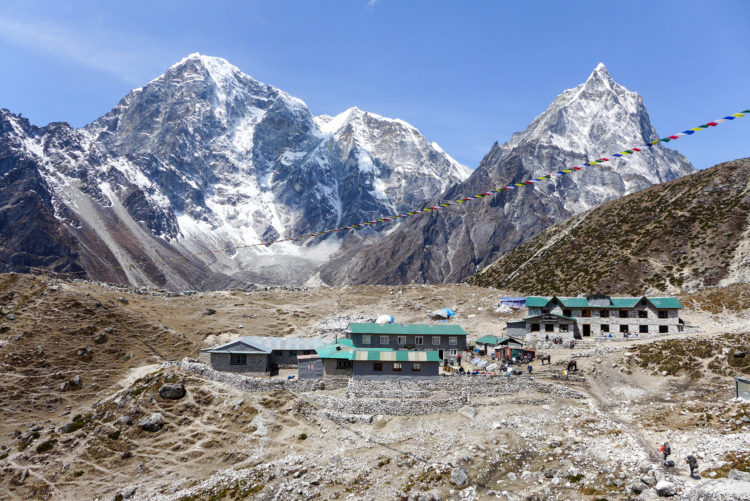 Almost all the tea houses in
Almost all the tea houses in 
